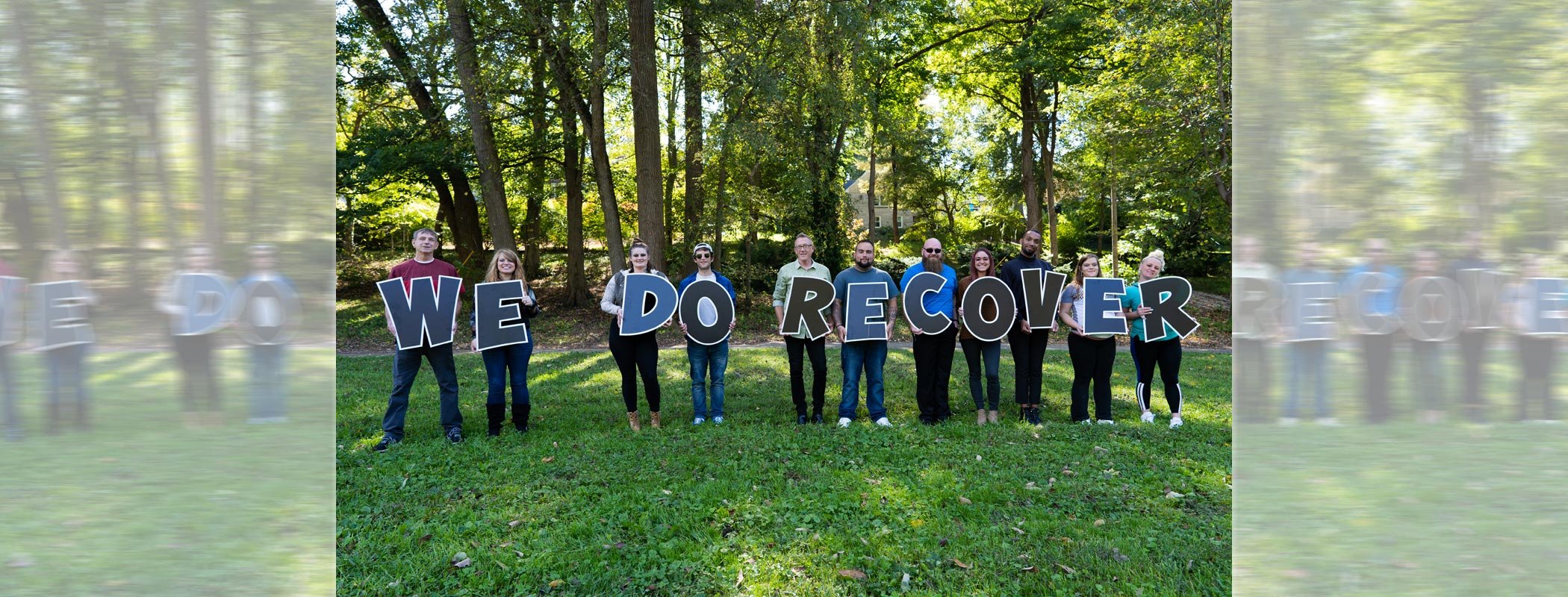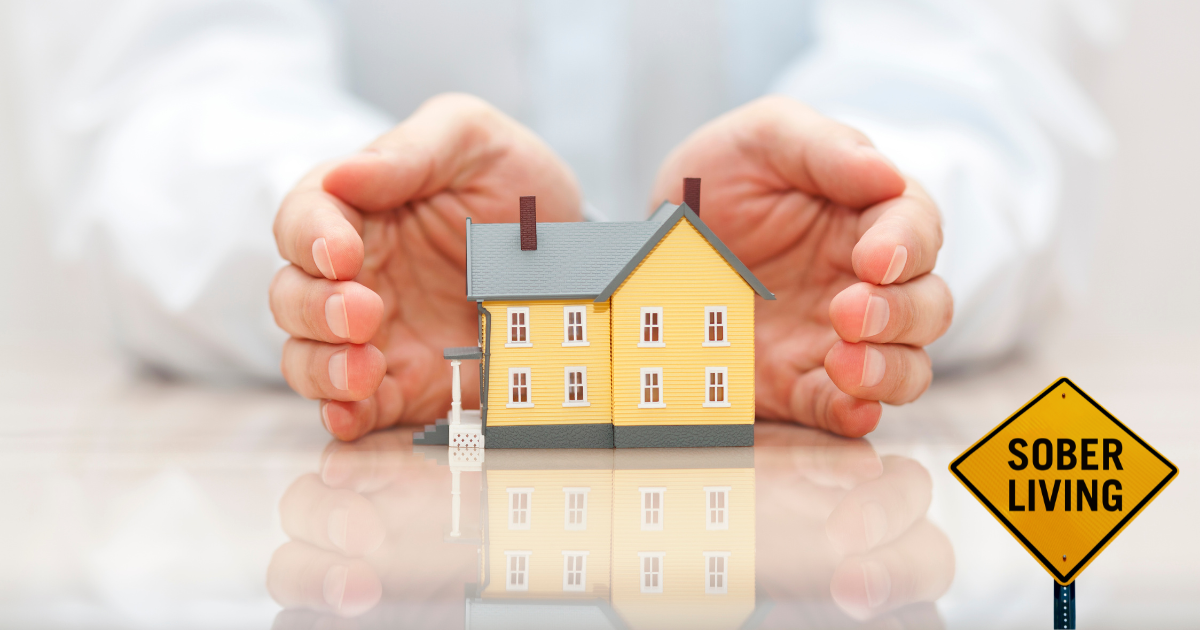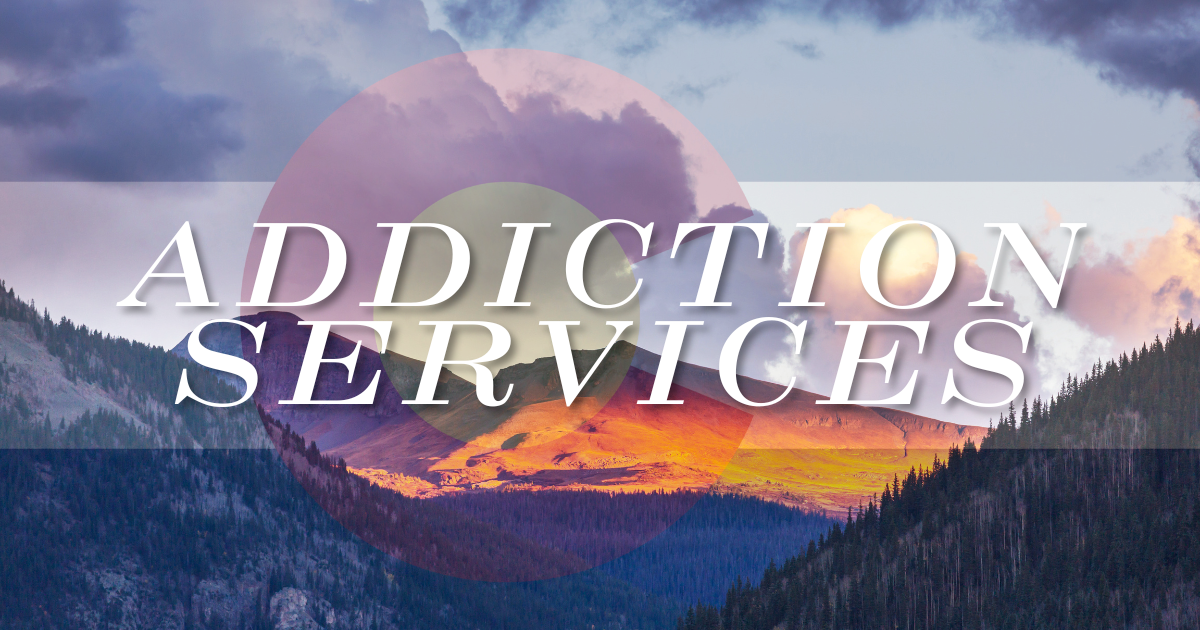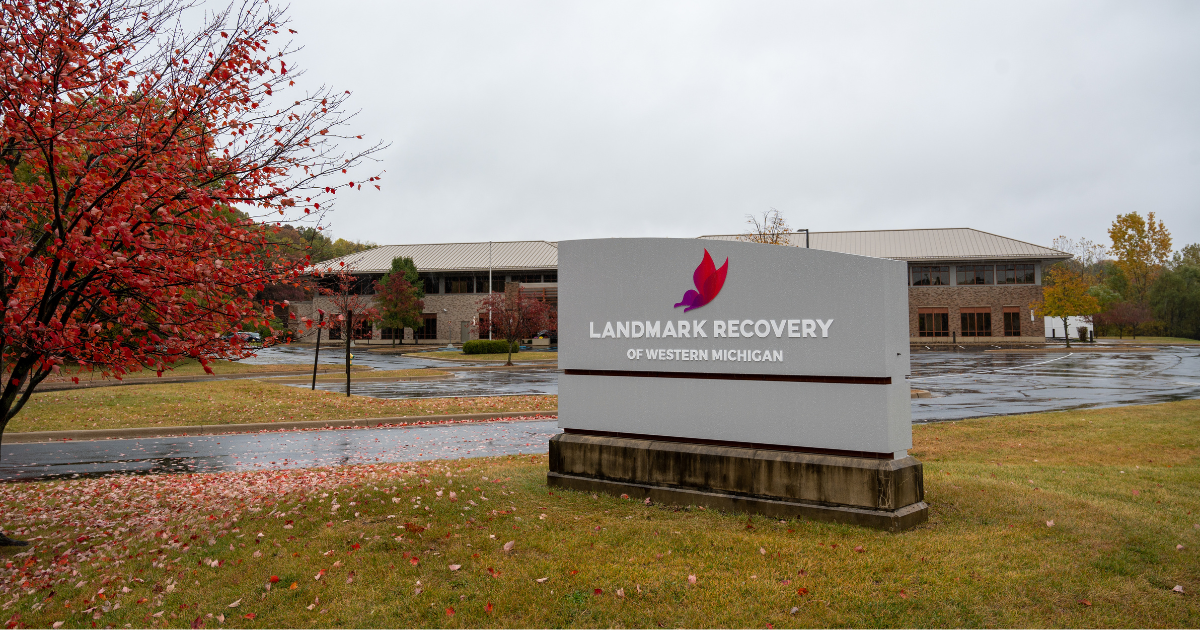Transitional Housing for People in Addiction Recovery
A sober living home offers a semi-independent living environment, where people recovering from an alcohol or drug addiction can practice and expand what they’ve learned during inpatient treatment. These programs allow people to carry out day-to-day responsibilities inside a substance-free environment until they’re ready to return home to the “real world.” Successfully completing an addiction treatment program is something that anyone struggling with drugs or alcohol should celebrate and take great pride in. However, addiction is a lifelong disease that requires further care and attention once you return home.
Many people in recovery don’t have structured, substance-free living environments to go home to, like those provided at residential treatment centers. This can expose them to people and scenarios that might cause them to forego the lessons learned and progress made in overcoming relapse triggers.
For this reason, putting an emphasis on continued care is vital for people in recovery. Life after rehab is just as, if not more important than residential treatment, outpatient rehab or other formal treatment programs. Everyday home life is where all the lessons learned during addiction treatment must be remembered and applied to maintain necessities like employment, freedom and most importantly, long-term overall health and sobriety.

Many sober living homes offer semi-independent living environments for people recovering from alcohol or drug addiction.
What is a Sober Living Home?
Sober living homes bridge the gap between formal treatment programs and a return to everyday living environments. These semi-independent dwellings give people recovering from addiction the opportunity to reintegrate themselves into society after completing a formal treatment program. Many sober living home models differ from addiction treatment centers in that they are single-family homes or apartments located in traditional neighborhoods, smaller communities and metropolitan areas.
Self-sufficient and democratically-run
Residents usually pay a portion of the rent to occupy sober living homes, consisting of up to 15 people in recovery. They are also responsible for covering their own expenses, like clothes, food and personal hygiene products. The structure of each sober living house is a democratically run and self-sufficient environment where residents must remain substance free to maintain their housing. Each house conducts its own interviews and votes on everyone who enters the house.
Self-Support and Group Meetings
Sober living homes don’t involve formal treatment options, because services like medical detox and behavioral therapy aren’t offered on-site. Instead, peer support services like the 12-step program and self-help meetings are held at each house to help encourage and maintain long-term sobriety.
How do Sober Living Homes Work?
There are four levels of recovery residence support defined by the National Association of Recovery Residences, including:
Level 1: Peer-Run
These are normally single-family homes that are democratically run. Residents cover their own expenses, including rent and utilities, interview and vote on who enters the house and must adhere to drug screenings. House meetings are typical and there is no clinical staff within each sober living house.
Level 2: Monitored
These are single-family homes or apartments that can be run by a house manager or senior resident. There is at least one paid position on-site. Residents must adhere to drug screenings and house meetings are typical.
Level 3: Supervised
The structure of this sober living environment varies. Licensing differs from state to state. Residents are required to have service hours in each house. Clinical services are also used in communities separate from the sober living facility. The staff consists of a facility manager and certified staff members or case managers.
Level 4: Service Provider
This type of sober living is more of a steps phase that follows the continuum of care at an addiction treatment center. Clinical services are provided in-house with a strong emphasis on life skills development. Staff members are credentialed, and licensing varies from state to state.

Residents of Oxford Houses in Indiana pose for a picture. (Photo by Oxford House Indiana)
What are the Benefits of Sober Living Homes?
There are many reasons to opt for a sober living home before you decide to live on your own. We’ve listed four, including:
1. Stable and Substance-Free
Sober-living homes offer a safe and substance-free environment for people in recovery. Whether or not they’ve completed or are actively participating in a treatment program, sober living homes provide long-term treatment and peer support for people who don’t have a stable living environment to go home to after or during treatment programs like outpatient rehab.
2. Affordable and semi-independent living
Single-family sober living homes give people in recovery a level of independent living that assists with their transition from formalized treatment. It also gives them an affordable living situation to continue to learn how to co-exist with others, handle increased responsibilities and cope with relapse triggers until they’re ready to live on their own.
3. To Help Prevent Relapse, Arrests and Substance use
Studies show that sober living homes help prevent relapses, which occur at a rate between 40-to-60% for people in recovery within their first 30 days of leaving inpatient treatment, according to the National Institute on Drug Abuse (NIDA). A study published online revealed that involvement in 12-step self-help groups and developing social support systems with fewer substance users are important parts of the recovery model used by sober living homes that led to reduced substance use and fewer arrests.
Related: 5 Core Benefits of a Sober Living Home
Looking for a Sober Living Home?
If you or a loved one struggles with drugs or alcohol, call Landmark Recovery at 888-448-0302 to connect with one of our recovery specialists. The confidential phone line is open 24/7. We’ll answer additional questions about sober living and treatment options.
Click here to see a complete list of addiction treatment centers in your area.

Choose Recovery Over Addiction
We're here 24/7 to help you get the care you need to live life on your terms, without drugs or alcohol. Talk to our recovery specialists today and learn about our integrated treatment programs.




